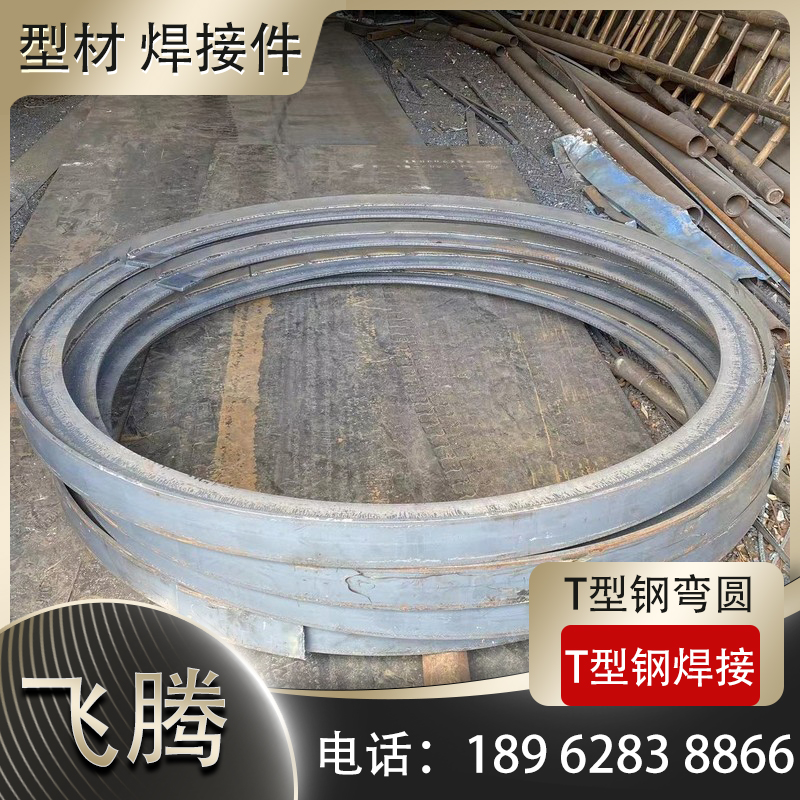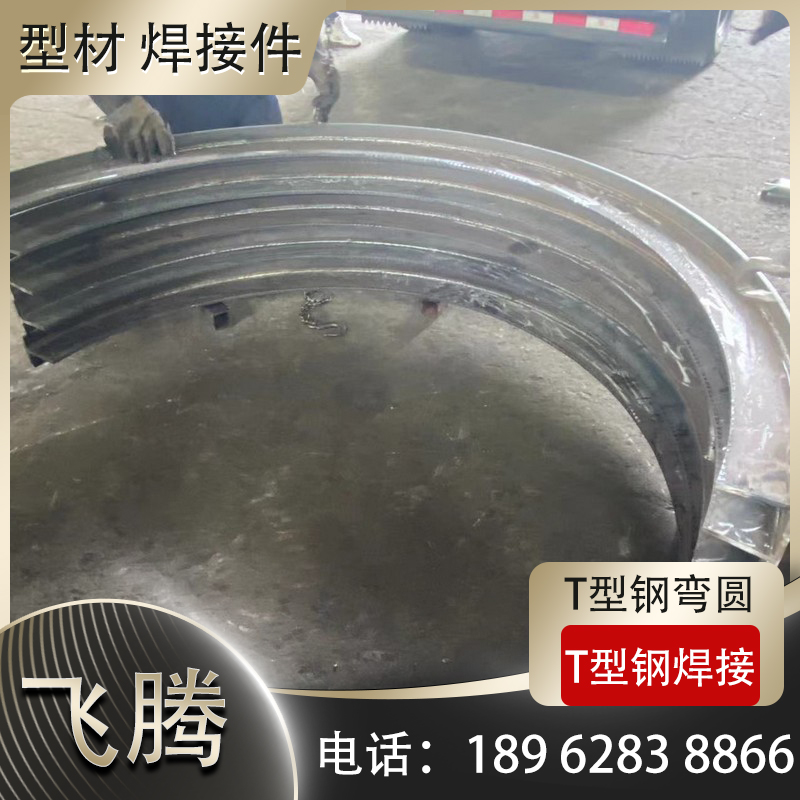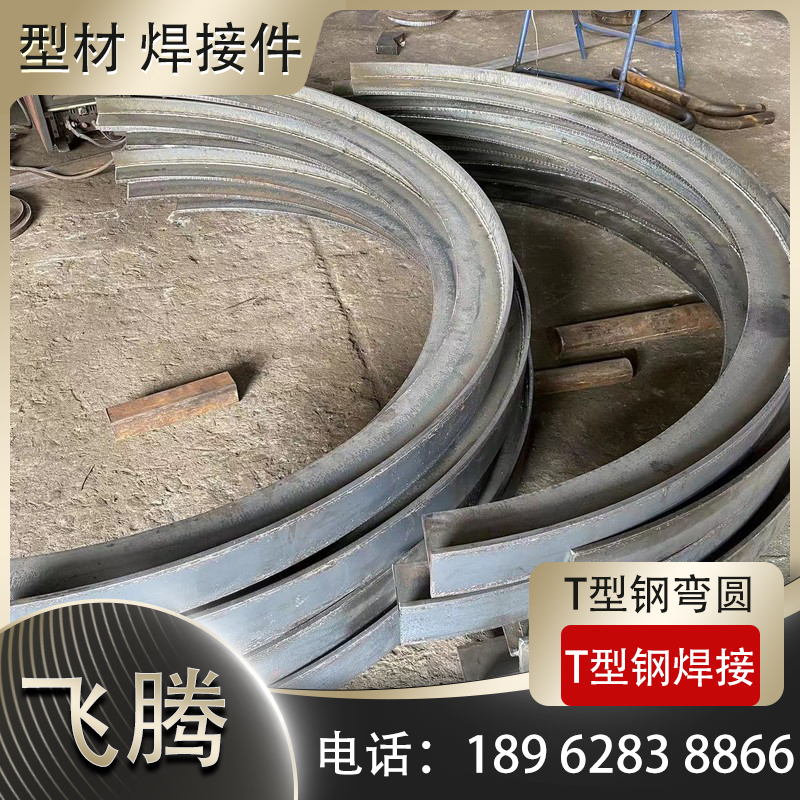Product
- 189-5133-8148
- 189-6283-8866
- 0513-83660108
- vovoip@gmail.com
- No. 8, Dong’er Road, Chengdong Industrial Park, Qidong City, Jiangsu Province
Stretch Bend
How to Reduce Ellipticity when Bending T-beams
产品说明: How to Reduce Ellipticity when Bending T-beamsIn the field of metal processing, bending T-beams is a common operation. However, during the bending process, T-beams may experience ellipticity issues, w···
全国咨询热线:
189-6283-8866
- 产品介绍
How to Reduce Ellipticity when Bending T-beams
In the field of metal processing, bending T-beams is a common operation. However, during the bending process, T-beams may experience ellipticity issues, which can affect the quality and performance of the final product. To reduce ellipticity, we can take the following several methods:
1. Reasonable selection of bending equipment: The selection of bending equipment is crucial for reducing ellipticity. We need to choose equipment with high precision and stability to ensure the stability and consistency of the bending process. In addition, we can also choose equipment with automatic adjustment function to adjust parameters in real time during the bending process and reduce ellipticity.
2. Optimize bending process parameters: The optimization of bending process parameters is also the key to reducing ellipticity. We need to reasonably set bending speed, bending force and bending radius parameters according to the material properties, cross-sectional shape and bending angle of the T-beam. In addition, we can also find the best combination of bending process parameters through experiments and simulation analysis to reduce ellipticity.
3. Use suitable molds: The selection and design of molds also have an important impact on reducing ellipticity. We need to choose molds with high wear resistance and high precision to ensure the stability and consistency of the bending process. In addition, we can also reduce ellipticity by optimizing the design of the mold, such as increasing the guide device and adjusting the curvature of the mold.
4. Control the quality of materials: The quality of materials also has an important impact on reducing ellipticity. We need to choose materials with high purity and uniformity to ensure the mechanical properties and processing properties of the materials. In addition, we also need to control environmental factors such as temperature and humidity of the material to prevent deformation and oxidation of the material during the bending process.
5. Real-time monitoring and adjustment: During the bending process, we need to monitor the shape and size of the T-beam in real time to detect and correct ellipticity problems in time. We can use high-precision measuring instruments and sensors, such as laser rangefinders and displacement sensors, to monitor the shape and size of the T-beam in real time. In addition, we can also adjust the parameters of the bending equipment and the position of the mold in real time to adjust the bending process and reduce ellipticity.
In summary, reducing the ellipticity of T-beams during bending is a comprehensive task that requires us to start from multiple aspects such as equipment selection, process parameter optimization, mold design, material quality control and real-time monitoring. By taking the above measures, we can effectively reduce the ellipticity of T-beams during bending, thereby improving the quality and performance of the final product.





